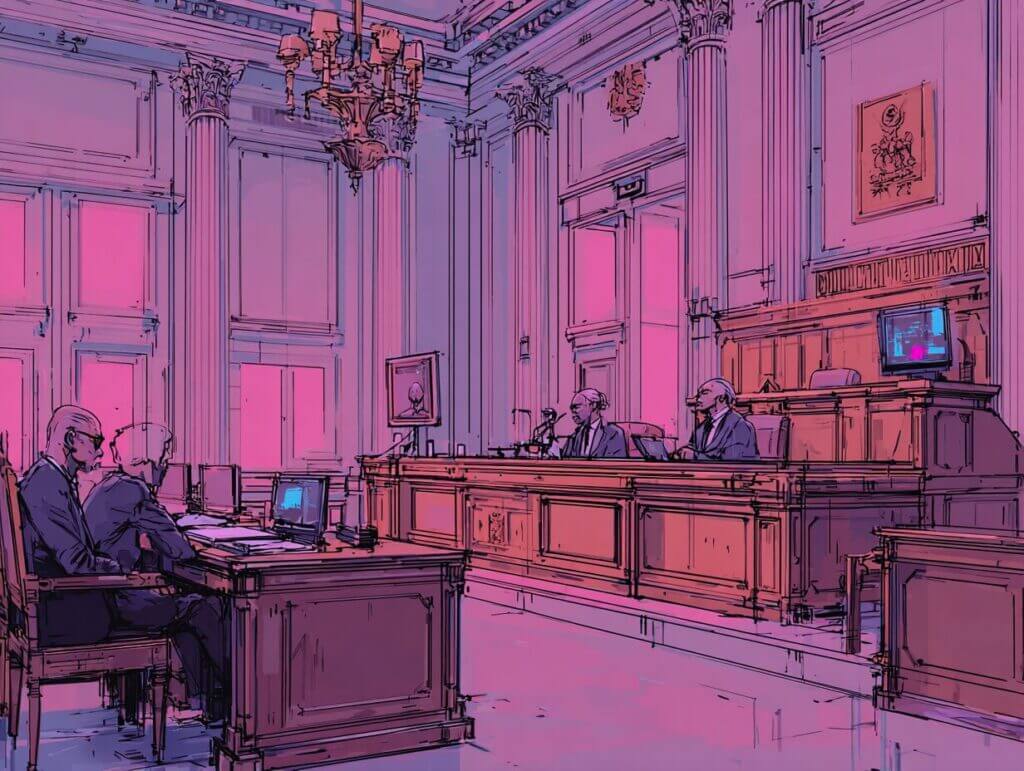HR & Compliance: Merging Forces for a Powerhouse Alliance 🤝⚡


Full Episode Available
WATCH ON-DEMANDIn today’s rapidly evolving business landscape, the relationship between Human Resources and Compliance departments has never been more critical. This session explores the essential partnership between these two vital organizational functions, examining how they can move from being perceived as separate cost centers to becoming a unified force for positive organizational change. Through practical frameworks, real-world examples, and strategic insights, we’ll uncover how HR and Compliance can create a powerhouse alliance that drives both ethical behavior and operational excellence.
This episode of The Ethicsverse presents a comprehensive examination of the evolving relationship between Human Resources and Compliance departments within modern organizations. The discussion focuses on transforming historically siloed relationships into collaborative partnerships through a structured “Three C’s” framework: Communication, Collaboration, and Connection. The presenters, drawing from extensive practical experience, explore how these departments can overcome traditional barriers to cooperation while maintaining their distinct areas of expertise. Key themes include the development of shared investigation protocols, unified approaches to disciplinary actions, and strategies for building integrated risk management systems. The presentation emphasizes the importance of breaking down departmental silos while acknowledging the unique challenges faced by both functions, particularly in areas such as privacy protection, policy enforcement, and organizational culture building. The findings suggest that successful integration of HR and Compliance functions can significantly enhance organizational effectiveness, improve risk management, and strengthen ethical culture.
Meet The Ethics Experts:
- Tina Tolliver, Corporate Compliance & Privacy Officer, PHS Management Services, LLC
- Melanie Shong Helm, President, Common Sense HR Solutions
- Nick Gallo, Chief Servant & Co-CEO, Ethico
Strategic Alignment & Partnership
- The relationship between HR and Compliance must evolve beyond traditional departmental boundaries to form a strategic alliance.
- This partnership requires regular standing meetings, shared ownership of key processes, and mutual understanding of each department’s expertise and limitations.
- Success in this area demands that both departments actively work to break down silos, share relevant information, and support each other’s initiatives while maintaining appropriate boundaries and respecting privacy concerns.
Investigation Protocol Integration
- Effective collaboration between HR and Compliance during investigations requires carefully coordinated protocols and clear role definition.
- Organizations must establish clear guidelines for who leads different types of investigations, how information is shared between departments, and how recommendations for disciplinary actions are handled.
- This coordination helps prevent duplicate efforts, ensures consistent handling of cases, and maximizes the expertise of both departments while maintaining appropriate confidentiality and documentation standards.
Communication Framework Development
- A robust communication framework between HR and Compliance should include regular standing meetings, clear escalation protocols, and shared documentation standards.
- This framework must establish what constitutes urgent versus routine communication, define information sharing boundaries, and create mechanisms for regular updates between departments.
- Regular touchpoints ensure both teams stay aligned on key initiatives and can quickly address emerging issues before they become significant problems.
Risk Management Collaboration
- Joint risk management efforts between HR and Compliance create a more comprehensive view of organizational risks and opportunities.
- This collaboration should include shared risk assessments, coordinated monitoring efforts, and unified reporting structures.
- By combining HR’s understanding of workforce dynamics with Compliance’s regulatory expertise, organizations can better identify, assess, and mitigate risks while building stronger preventive measures.
Policy and Procedure Alignment
- Coordinated development and implementation of policies and procedures ensure consistency and effectiveness across the organization.
- Both departments should review and provide input on policies affecting their areas of expertise, ensuring alignment with regulatory requirements while maintaining practical applicability.
- This collaboration helps prevent contradictory guidance and creates clearer expectations for employees.
Training and Development Synergy
- Combined training initiatives between HR and Compliance can create more effective learning experiences and better outcomes.
- By leveraging HR’s expertise in training delivery and Compliance’s technical knowledge, organizations can develop more engaging and impactful training programs.
- This cooperation extends to shared participation in professional development opportunities, including investigation training and certification programs.
Disciplinary Action Coordination
- A unified approach to disciplinary actions requires careful coordination between HR and Compliance to ensure fairness, consistency, and regulatory compliance.
- This process should include clear protocols for how recommendations are made, how previous disciplinary actions are considered, and how final decisions are documented.
- Special attention must be paid to situations involving union agreements or complex regulatory requirements.
Documentation and Record-Keeping Integration
- Establishing clear protocols for documentation and record-keeping between HR and Compliance ensures proper tracking and reporting of issues.
- This includes defining what information needs to be shared, how it should be stored, and who has access to various types of records.
- Proper integration of documentation systems helps maintain compliance while protecting sensitive information.
Culture Building Partnership
- HR and Compliance must work together to build and maintain a strong ethical culture and speak-up environment.
- This partnership includes coordinated communication strategies, shared responsibility for promoting ethical behavior, and unified approaches to addressing cultural challenges.
- The focus should be on creating an environment where employees feel comfortable raising concerns and trust in the organization’s response.
Metrics and Analytics Collaboration
- Shared data analysis between HR and Compliance provides deeper insights into organizational trends and effectiveness.
- This collaboration should include regular review of key metrics, joint analysis of investigation outcomes, and shared reporting on program effectiveness.
- Combined analytics help identify emerging issues, measure program impact, and demonstrate value to leadership.
Closing Summary
The integration of HR and Compliance functions represents a critical opportunity for organizations to enhance their ethical culture, improve risk management, and drive operational excellence. By focusing on communication, collaboration, and connection, these departments can move beyond traditional silos to create a powerful partnership that better serves organizational needs. Success in this area requires ongoing commitment, clear protocols, and regular evaluation of effectiveness, but the potential benefits make this effort worthwhile for organizations of all sizes.





































